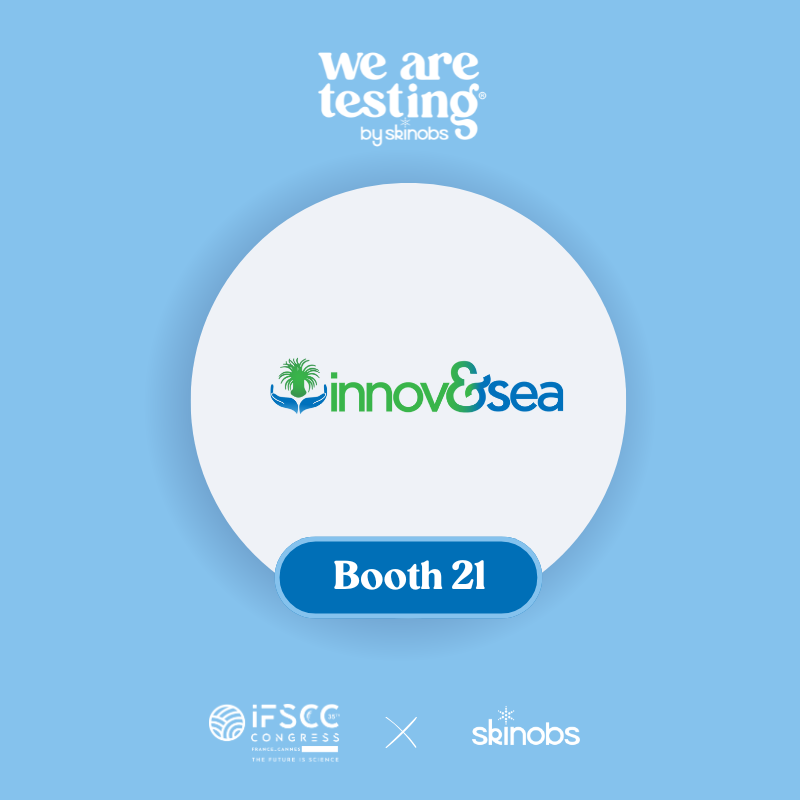Alternatives to petrochemical-based plastics are emerging, made from everything from banana leaves to tomato skins, especially for food packaging. But questions remain about how biodegradable and compostable they are, as well as their impact on the environment.
What the difference (if any) between biosourced plastics and bioplastics? What is their real environmental footprint and are they suitable for all types products?
Reduced use of fossil resources
Biosourced means made with less petrol, using non-fossil agricultural products such as sugarcane waste, corn, or wheat starch. Primarily used in packaging, these biosourced plastics account for less than one percent of global plastic production.
But labs around the world are coming up with more and more new plastics derived from tomato skins or banana leaves.
The French chemicals company Arkema, for instance, is pushing PBAT (short for polybutylene adipate terephthalate), made from castor oil, which is used to make sports shoes and car interiors.
Bananatex is a biodegradable textile made from banana leaves that has been developed by a Swiss brand and its Taiwanese partners.
However, “biosourced doesn’t necessarily have to be 100 percent” from natural materials, warned Christophe Doukhi de Boissoudy, president of the French association for biosourced compostables. In Europe, the minimum 50 percent requirement to be considered biosourced “will rise to 60 percent in January 2025”, he added.





